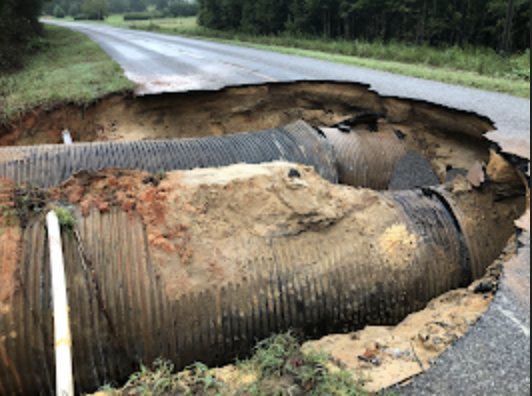Bald eagle workshop slated for January
Published 12:00 am Wednesday, January 3, 2007
Want to learn all about America's bird, the bald eagle, and how this majestic creature was saved from possible extinction?
The River Region Bird Club invites you to attend a workshop on the Bald Eagle Recovery Program. The event is slated for 1 p.m., January 20, 2007 at Southern Homes and Gardens on the Wetumpka Highway in Montgomery and is free to the public.
In the early 1800s, America's national symbol, the bald eagle, was not an uncommon sight along Alabama's Gulf Coast. The handsome birds were often sighted inland as well, especially along the Tennessee River.
Time, predators and pesticides took their toll on these birds, however. By the early 1960s, the bald eagle population had plummeted to near-extinction not only in Alabama, but across the U.S.
They no longer bred or wintered here in Alabama. The same sad pattern was seen across the nation.
According to Greenville's Charles Kennedy, president of the Alabama Wildbird Conservation Association, the principal reason for the decline was “persecution by humans and the use of pesticides such as DDT.”
The reversal of this grim statistic began in 1984, and the success of the recovery program will be the topic of the upcoming bald eagle workshop.
Mark Sasser, a certified wildlife biologist and non-game wildlife coordinator for the Alabama Division of Wildlife and Freshwater Fisheries, will discuss the Bald Eagle Restoration Project implemented by the Alabama Department of Conservation's Division of Wildlife and Freshwater Fisheries.
Sasser will chronicle the recovery process, which include obtaining the eggs from the wild, overseeing the hatching and raising the young eaglets. He will also spell out the nesting requirements of the huge birds and how Sasser's organization released the juvenile eagles in the state so they would imprint on the area of their release and return to the nest as adults.
He also will discuss the aerial surveys conducted annually since 1990 to monitor
The nesting activity and success.
“The recovery of the bald eagle in Alabama is truly remarkable in a modern wildlife management success story,” Sasser said.
In January and February 2006 Sasser's department monitored 77 known nests in Alabama. There have been proposals to take the bald eagle off the Federal Endangered and Threatened Species List.
While most of the nesting activity is along the Tennessee River in North Alabama and along the Gulf Coast, there are some eight to ten nests along the Alabama River in the general area of central Alabama.
Visit www.bamabirds.com to learn more about the Alabama Wildbird Conservation Association.


